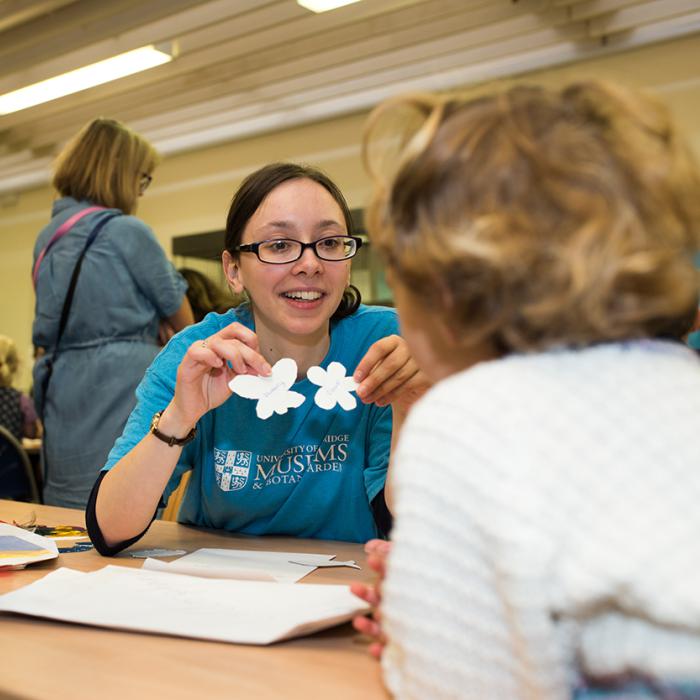Student wellbeing creative workshop.
Join guest artist Sa'adiah Khan for a dose of joy as we create lino block prints inspired by the patterns of South Asia.
Historically, safe passages have turned into dangerous routes. Thousands of refugees and migrants die every year in the Mediterranean. This talk will look at whether the duty to help at sea is still upheld.
Where are our borders? For people on the move – whether refugees, migrants or tourists - borders are not always where we assume them to be. This talk will engage with politics of borders, migration policies, as well as the growing role of islands as part of border politics.
Join us for our museum wellbeing and making workshops for adults at the Polar Museum! Meet and Make at the Museum sessions are all about giving you a supportive and social space to be creative. Making new crafts, making space for yourself, and making new connections. A chance for you to explore working with different materials and learn new skills with others. This session we will be doing soap carving inspired by scrimshaw.
For ages 16+
In celebration of the display, 'Refugee Silver: Huguenots in Britain', join us in person for a study day exploring the contributions of Huguenot craftspeople to the visual arts in Britain. Curators and experts will provide new perspectives on silver, ivories, prints and portrait miniatures.
Historian Elizabeth Key Fowden talks about collectors of Mediterranean textiles in the new Fitzwilliam display 'Mediterranean Embroideries' and discusses the short film made for the display 'Running threads, dancing bodies', featuring the life of a contemporary Greek collector and maker, Andreas Peris Papageorgiou.
In-person tickets
Livestream tickets
Join us for the opening night of Simulacra, an exhibition by Zachary Eastwood Bloom at the Museum of Classical Archaeology. Grab a glass of wine and be one of the first to view this show of new works and works from the artist's archive.
Children are not exact copies of their parents, instead they get a mix of traits from both parents. This is due to trait reassortment that occurs during the formation of eggs and sperm.
The same is true for plants. How does this happen? What can go wrong? What does it mean for crops?
This talk will look at what happens with parental traits when plants reproduce through seed, ask how seedless fruit are made and talk about recent discoveries in trait reassortment control that can help breeders improve crops.
Hidden beneath the surface of every lake, river, stream and pond live trillions of diverse and ecologically important microorganisms. Invisible to the naked eye, these bacteria and fungi play a critical role in decomposing dead plant material and smaller biomolecules, such as cellulose, starch and peptides, that are washed into aquatic systems.
It is common knowledge that plants generate oxygen via photosynthesis. Have you ever challenged this knowledge? And, if so, how much oxygen do they generate? In my talk I will discuss the generation of oxygen from photosynthetic organisms and describe a simple method for measuring it. I will also discuss how the electrons generated by photosynthesis can be used to create electricity.

